December was so warm for us this winter that I was sure that we wouldn't get very much snow this year. Well, apparently Old Man Winter changed his mind! In the last three weeks we have had several snow storms. So, I thought that it was about time for me to share about snow! Snow forms by a process of deposition, which means that water vapor in the high in the atmosphere changes directly into … [Read more...]
Turkey Tail {InstaScience}
I’ll be honest, I know what shelf fungus is, but until we starting doing nature study in our our homeschool, I never really considered that there were different types of shelf fungus. Oh sure, I had noticed differences, but we never really thought to find out why. You may feel the same way and it’s cool, I understand. But, let me tell you there is an awesome variety of shelf fungi out there. … [Read more...]
Freezing Fog {InstaScience}
Freezing fog is a super cool weather phenomena that happens in the cool winter months! We were lucky enough to see some just the other day. Fog occurs when cold air settles in over relatively warm, moist ground. It’s basically a cloud on the ground. Freezing fog is happens when the air becomes saturated with water vapor that is supercooled. Supercooled water is between 32 degrees and 5 … [Read more...]
Tree Bark {InstaScience}
With all the leaves gone, the bark of a tree is much easier to see and study during the winter months. Plus, this outer covering is an amazing subject to explore with your senses! Bark is beautiful to look at, interesting to touch, and earthy to smell. The tree bark that we see is known as the outer bark. It cover and protects the inner workings of the tree from freezing and from … [Read more...]
Scoria {InstaScience}
A few years back, we took a very long road trip out to Arizona to see the Grand Canyon. It was spectacular and I still can't really put into words how amazing it is to see this canyon in person. But a surprising highlight of our trip out there was a last minute addition, Sunset Crater National Monument. We were giddy at the chance to see a cinder cone volcano up close. Not only did we had the … [Read more...]
Lichens {InstaScience}
Lichens are found throughout the world, growing on tree trunks and rocks. Lichens can be found in some of the harshest environments, such as the arctic tundra, which makes them great subjects for winter science! Lichens are the result of a symbiotic, or mutually beneficial, partnership between a fungus and an alga plant or a bacterium. In other words, they are technically not plants, but rather … [Read more...]
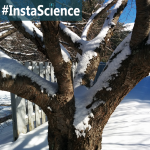
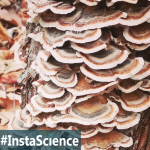
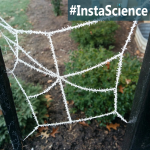
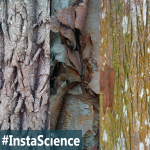
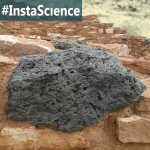
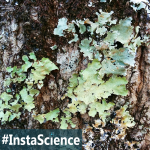


Join the Community!